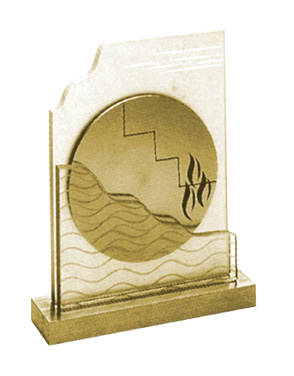
Robert B. Thirsk
One of the original six Canadians selected to become astronauts in 1983, Dr. Robert Thirsk has helped further the world's understanding of space physiology. In June 1996, Thirsk flew on the space shuttle Columbia as a payload specialist, conducting experiments to study the effects of weightlessness on the human body. He had a major role in Canada's Torso Rotation Experiment, which related eye, head and body movements to the symptoms of motion sickness that many astronauts experience. Both a professional engineer and a medical doctor, Thirsk is the author or co-author of countless articles, with his fellow astronauts and with other members of the Canadian scientific community. He is the designer of a unique anti-gravity suit to help astronauts readapt to Earth's gravity, and regularly participates in parabolic flight experiments on board NASA's KC-135 aircraft. Several space medicine, space station and mission planning working groups benefit from Engineer Thirsk's participation. He currently co-leads an international team investigating the effect of weightlessness on the body's blood system. Thirsk has played a role in increasing awareness and understanding of the Canadian Space Agency abroad and in Canada, through lectures, media tours and school visits. His commitment to engineering and medicine has helped enhance Canada's reputation as a significant force in the aerospace industry
